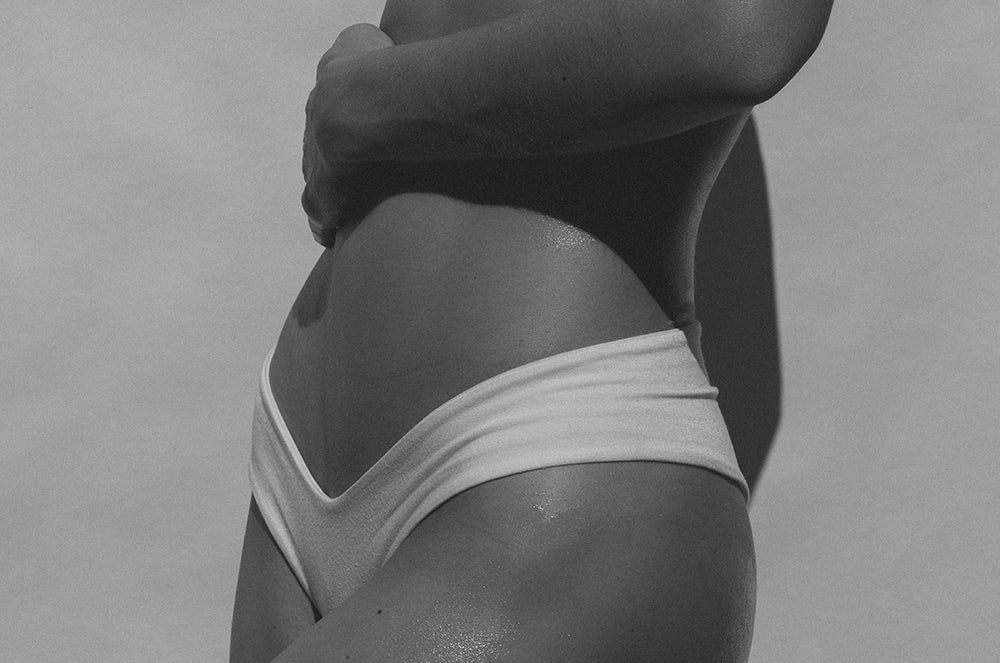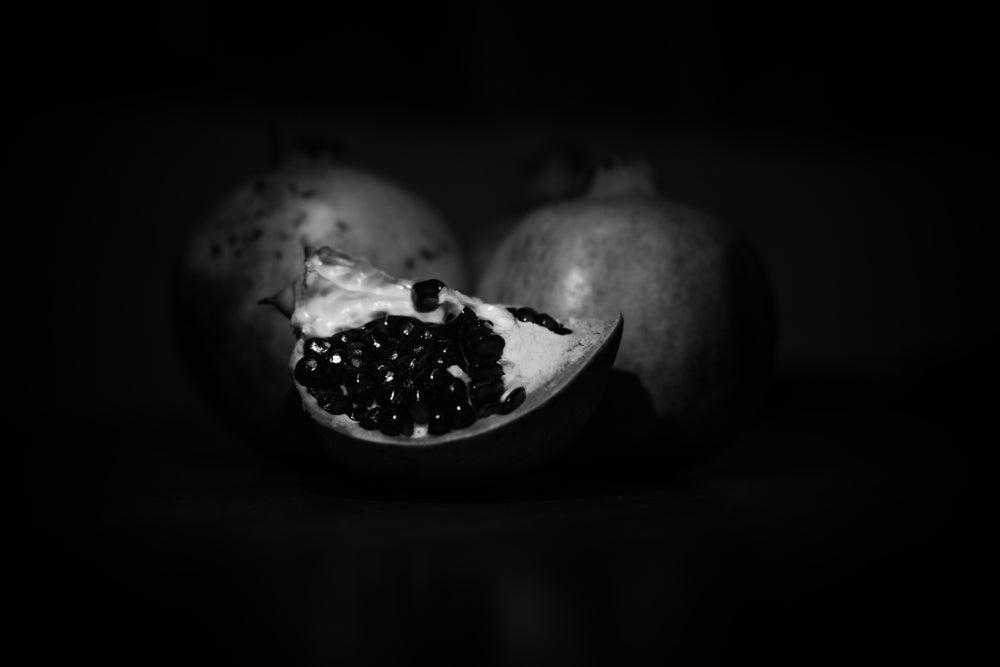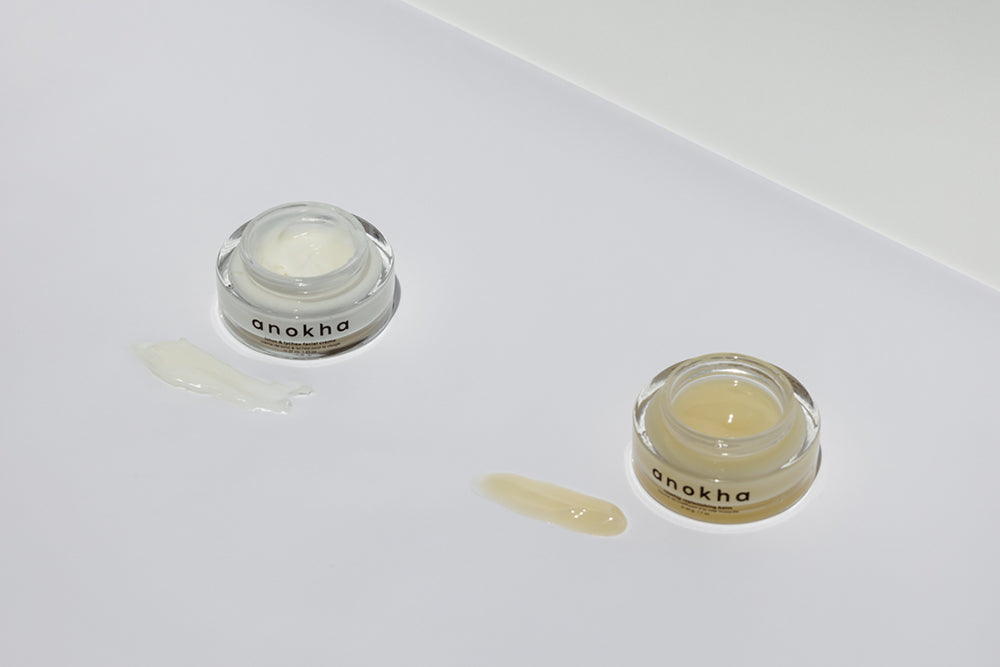
anatomy and physiology of the skin
the bottom line
Our skin changes as we age and responds to alterations in our internal and external environments. Once you understand the basics of skin structure, you can learn to recognize these subtle shifts and alter your routine as needed. Keep reading to learn more about the layers of the body’s largest organ and how it works.
first layer: the epidermis
Recall that the skin has three basic layers: epidermis, dermis, and subcutaneous tissue (or hypodermis). The top layer, the epidermis, in turn consists of five layers: stratum corneum, stratum lucidum, stratum granulosum, stratum spinosum, and stratum basale.
The skin barrier is the outer layer of the epidermis, the stratum corneum, which contains both protein-rich cells and a lipid-rich intercellular space. The stratum corneum is often compared to a brick wall, with the individual corneocytes representing the bricks. The grout or mortar between the bricks contains essential lipids including cholesterol, ceramides*, and fatty acids. The effectiveness of this lipid barrier is dependent upon the concentration and relative proportions of these lipids. This barrier protects against external agents including mechanical and chemical insults, heat, pathogens, water, and radiation.
The term “transepidermal water loss”, or TEWL*, describes the normal movement of water from the stratum corneum to the atmosphere. When dermatitis, or inflammation of the skin, is present, there is decreased hydration of the stratum corneum and increased TEWL. Skin dryness is associated with inferior barrier function.
The healthy epidermis maintains a balance between proliferation and desquamation (shedding of skin cells) which results in complete renewal every 28 days. When this balance is altered, various skin disorders can manifest, including ichthyoses* and psoriasis*.
second layer: the dermis
The middle layer, the dermis, provides structure to the skin. The dermis itself contains two layers, the papillary dermis, which is the thinner, upper layer, and the reticular dermis, the thicker, lower layer. The dermis is composed of connective tissue, which includes the protein fibers collagen and elastin to provide the skin with its strength and flexibility. Blood vessels within the dermis supply nutrients and oxygen to the epidermis. Other structures within the dermis include nerves which relay touch, pressure, temperature and pain; hair follicles, sweat glands, and sebaceous glands.
third layer: the subcutaneous tissue (aka the hypodermis)
Finally, the subcutaneous tissue is the deepest layer of the skin and is composed of fatty and connective tissue which is essential in insulating the body against extremes of body temperature, storing energy, and absorbing shocks. It also contains loose connective tissue which anchors it to the underlying muscle and bone. Blood vessels and nerves travel through this layer to the muscles. The thickness of the subcutaneous tissue varies a great deal throughout the body, with thicker tissue noted in the buttocks and abdomen, and very thin tissue around the eyes.
fourth layer: how we do it
Most skincare formulations are targeted towards the epidermis, with an emphasis on soothing and hydrating the skin. Look for formulations rich in humectants* and emollients* to draw water to the skin’s surface while preventing moisture loss. Our jasmine serum layers jasmine, sandalwood, and three different weights of hyaluronic acid to act as a humectant for both the dermis and epidermis. The lotus & lychee facial crème combines extracts of lotus flower, lychee fruit, plum, elderberry, and ylang ylang in an easily absorbed emollient crème. As a final layer, add our bakuchiol & pomegranate facial oil with bakuchiol, sea buckthorn, rosehip, bisabolol, and pomegranate to seal in that moisture.
All this and more at anokhaskincare.com
xx
anokha
definitions:
ceramides: ceramides are lipids found in skin cells which comprise approximately 50% of the epidermis. they are essential for forming the skin's natural barrier to seal in moisture and preventing the entry of harmful elements. lower ceramide levels have been linked to skin diseases including acne, psoriasis, eczema, and rosacea.
collagen: a fibrous protein that forms part of the dermal matrix, connective tissue, cartilage, and bone
desquamation: shedding of the outer layer of the skin. this is a normal process in healthy skin, although some skin diseases will manifest with increased or decreased desquamation.
elastin: elastin is a protein that forms the main component of elastic fibers in the skin. it provides stretch, recoil, and elasticity.
emollient: a substance that softens or soothes the skin
humectant: a substance that attracts water from the dermis and environment.
ichthyoses: a group of genetic skin disorders characterized by dry, scaly, and typically thickened skin.
psoriasis: psoriasis is a skin disease characterized by a rash with itchy and scaly patches, typically found on the knees, elbows, trunk, and scalp.
sebaceous glands: sebaceous glands are exocrine glands located in the dermis. They produce and excrete sebum, which helps to keep skin moisturized and protected.
skin barrier: the skin barrier is the outer layer of the epidermis, the stratum corneum, which contains both protein-rich cells and a lipid-rich intercellular space.
transepidermal water loss: transepidermal water loss, or TEWL, describes the normal movement of water from the stratum corneum to the atmosphere.
for more beauty definitions, visit the glossary.
faq’s:
what is the epidermis?
the epidermis is the outer layer of the skin which consists of stratum corneum, stratum lucidum, stratum granulosum, stratum spinosum, and stratum basale.
what is the dermis?
the dermis is the layer of tissue beneath the epidermis which contains blood vessels, nerve endings, sweat glands, and hair follicles.
what is the subcutaneous tissue?
the subcutaneous tissue is the deepest layer of the skin and is composed of fatty and connective tissue which is essential in insulating the body against extremes of body temperature, storing energy, and absorbing shocks.




leave us a comment
This site is protected by hCaptcha and the hCaptcha Privacy Policy and Terms of Service apply.